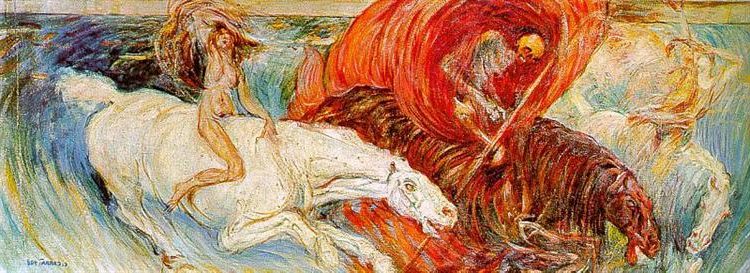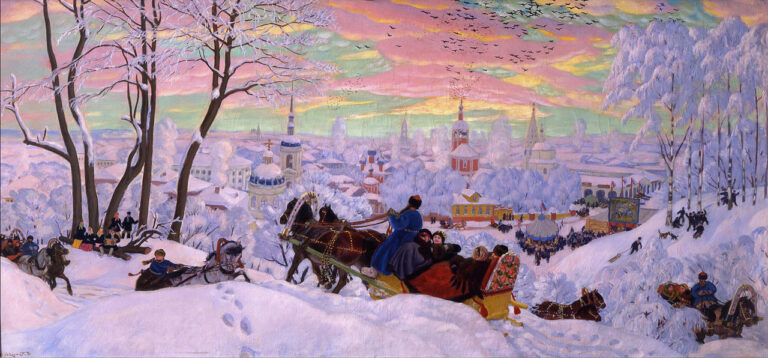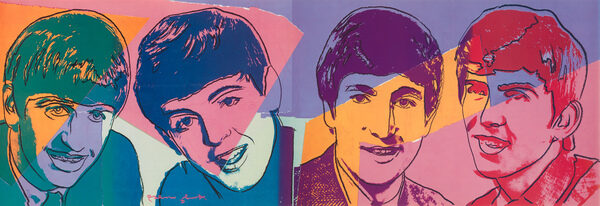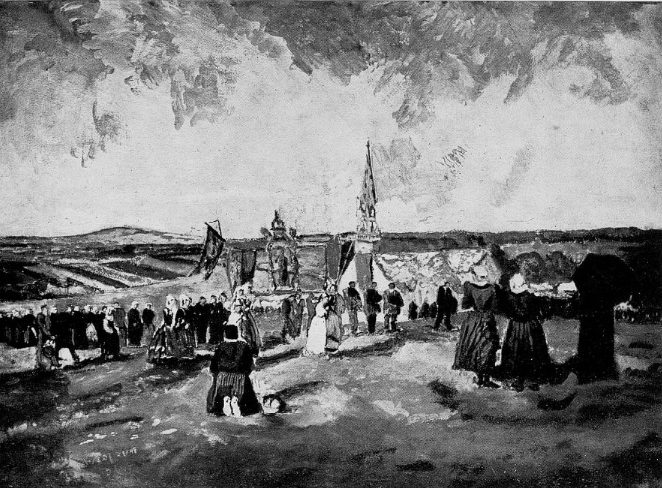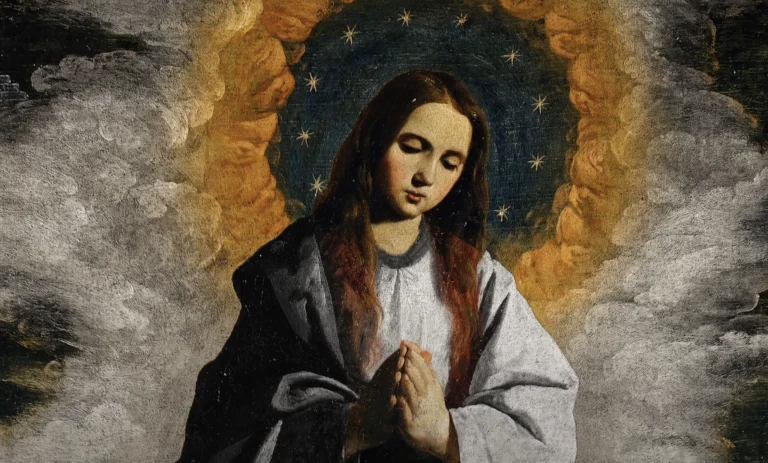Carlo Carra Painter: Futurist Master of Italian Art
Born: 11 February 1881, Quargnento, Italy
Death: 13 April 1966, Milan, Italy
Art Movement: Futurism, Metaphysical art
Nationality: Italian
Teacher: Cesare Tallone
Institution: Brera Academy (Accademia di Brera), Milan
Carlo Carra Painter: Futurist Master of Italian Art
Life and Career of Carlo Carrà
Carlo Carrà was a prominent Italian painter who made significant contributions to the Futurist and Metaphysical art movements. His life and career spanned major artistic and political changes in Italy during the early 20th century.
Early Life in Quargnento and Milan
Carlo Carrà was born on February 11, 1881, in Quargnento, a small town in Piedmont, Italy. At age 12, he began working as a mural decorator. This early exposure to art shaped his future career path.
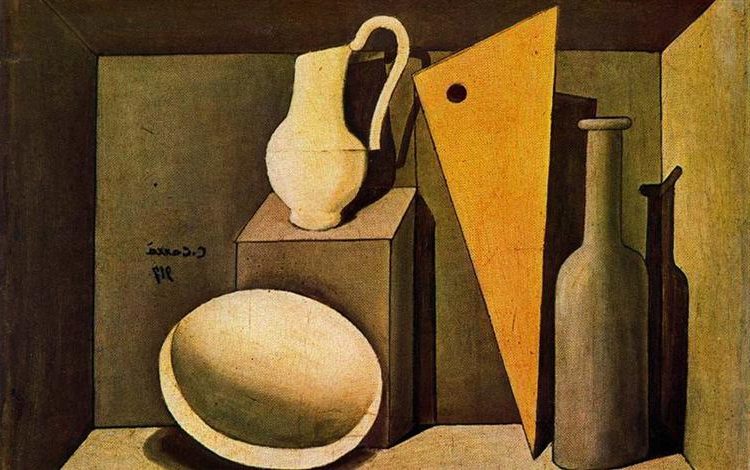
Natura morta con la squadra (1917) by Carlo Carra
In 1899, Carrà moved to Milan. The city’s vibrant art scene and growing industrialization had a big impact on his artistic vision. He worked various jobs to support himself while pursuing his passion for painting.
Artistic Development at the Brera Academy
In 1906, Carrà enrolled at the prestigious Brera Academy in Milan. He studied under the Italian painter Cesare Tallone. At the academy, Carrà honed his technical skills and explored different artistic styles.
Carrà was drawn to the works of Italian masters like Giotto and Paolo Uccello. Their influence can be seen in his later paintings. Carrà’s time at Brera was crucial for his growth as an artist.
Futurism and Relationship with Other Artists
In 1910, Carrà became a key figure in the Futurist movement. He co-authored the “Manifesto of Futurist Painters” with other artists like Umberto Boccioni and Luigi Russolo.
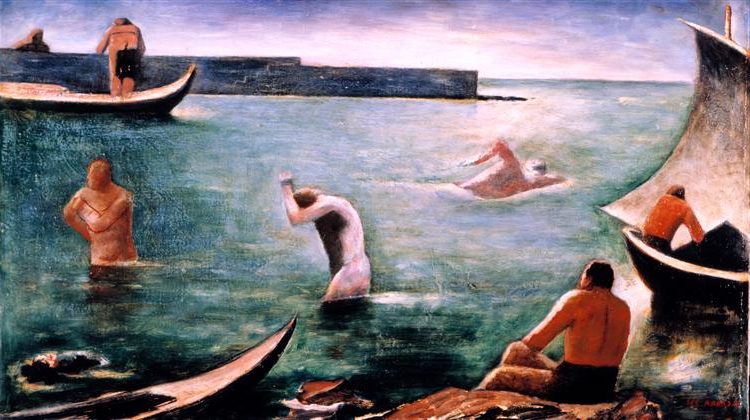
I nuotatori (1930–1932) by Carlo Carra
Carrà’s Futurist works focused on capturing movement and modern urban life. He formed close relationships with other Futurist artists, including Giacomo Balla and Filippo Marinetti.
His paintings from this period often depicted busy city scenes and the energy of the modern world. Carrà’s style was bold and dynamic, using vibrant colors and fragmented forms.
Shift to Metaphysical Painting
World War I marked a turning point in Carrà’s career. In 1917, he met Giorgio De Chirico while serving in the army. This meeting led to Carrà’s involvement in the Metaphysical Art movement.
Carrà’s style changed dramatically. He began creating dreamlike scenes with strange juxtapositions of objects. His paintings became more mysterious and contemplative.
This period showed Carrà’s versatility as an artist. He moved away from the noise and speed of Futurism to explore quieter, more introspective themes.
Later Years and Political Involvement
In the 1920s, Carrà became associated with the Strapaese group. This movement promoted traditional Italian values in art. His style shifted again, focusing more on landscapes and still lifes.
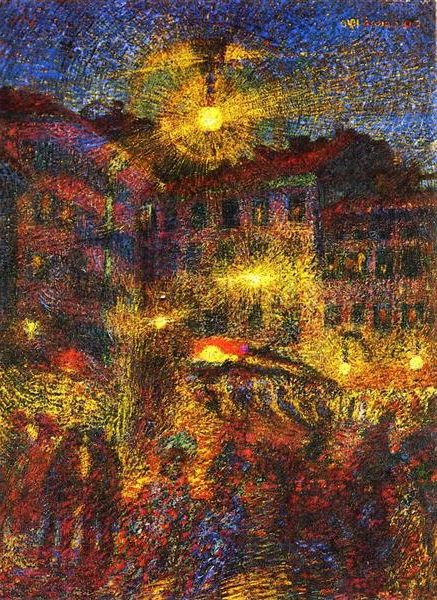
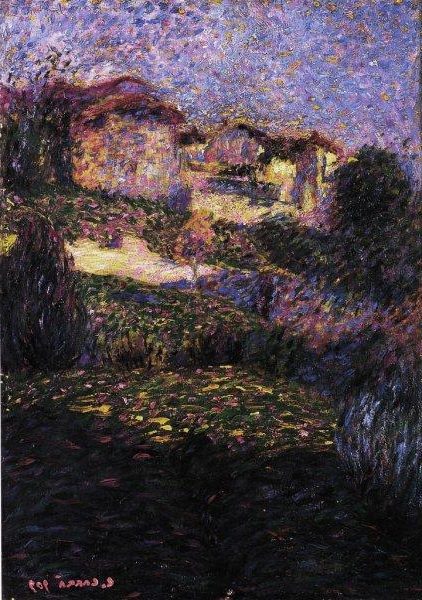
Carrà’s political views also evolved. He supported Fascism and became increasingly nationalist. This stance influenced his art and writing during this period.
Despite political controversies, Carrà continued to paint and teach. He held a professorship at the Brera Academy from 1941 to 1952. Carrà’s later works often featured serene coastal scenes and quiet interiors.
Carlo Carrà died in Milan on April 13, 1966. His diverse body of work left a lasting impact on Italian art. Today, he is remembered as a versatile artist who helped shape multiple art movements.
Carlo Carrà’s Notable Works
Carlo Carrà created many influential paintings throughout his career. His art spanned multiple styles and movements, leaving a lasting impact on Italian modernism.
Fundamental Contributions to Futurism
Carrà played a key role in the Futurist movement of the early 1900s. His painting “The Funeral of the Anarchist Galli” (1911) is a prime example of Futurist art. It shows a chaotic street scene with bold colors and fragmented forms.

The Funeral of the Anarchist Galli (Il Funerale dell’Anarchico Galli, 1910–1911)
The work captures the energy and motion the Futurists loved. Carrà used sharp angles and repeating shapes to show movement. He painted figures as blurred outlines to give a sense of speed.
Another important Futurist work was “Donna al Balcone” (1912). This painting broke down a woman’s form into geometric shapes. It aimed to show multiple viewpoints at once.
Iconic Metaphysical Paintings
In the mid-1910s, Carrà shifted to Metaphysical painting. This style used dreamlike scenes and odd juxtapositions of objects. His work “The Metaphysical Muse” (1917) is a key piece from this period.
The painting shows a mannequin-like figure in a sparse room. Strange objects like a fish and geometric shapes float nearby. The scene has an eerie, unreal quality typical of Metaphysical art.
“Morning by the Sea” (1928) blends Metaphysical elements with more traditional landscape painting. It depicts a calm beach scene with odd objects placed throughout.
Influence on Later Art Movements
Carrà’s work had a big impact on later artists and styles. His Futurist paintings helped spark interest in showing motion and energy in art. This influence can be seen in later abstract and kinetic art.
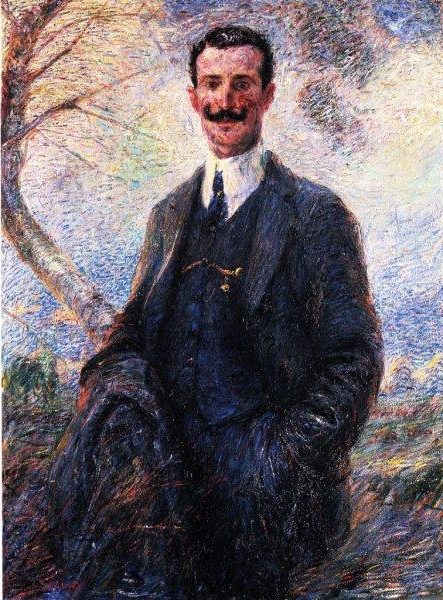

His Metaphysical works paved the way for Surrealism. The strange scenes and dream-like quality of his paintings inspired many Surrealist artists.
In his later years, Carrà returned to more traditional styles. He focused on landscapes and still life paintings. These works showed the lasting influence of early Italian masters like Giotto on his art.
Carlo Carrà’s Legacy and Recognition
Carlo Carrà left an enduring impact on 20th century art. His innovative work and ideas shaped multiple artistic movements and influenced generations of artists.
Influence on Italian and International Art
Carrà’s art profoundly affected Italian and global art scenes. He helped pioneer Futurism, creating dynamic paintings that captured motion and modern life. His shift to Metaphysical painting with Giorgio de Chirico opened new realms of surreal imagery. Many artists drew inspiration from Carrà’s evolving styles.
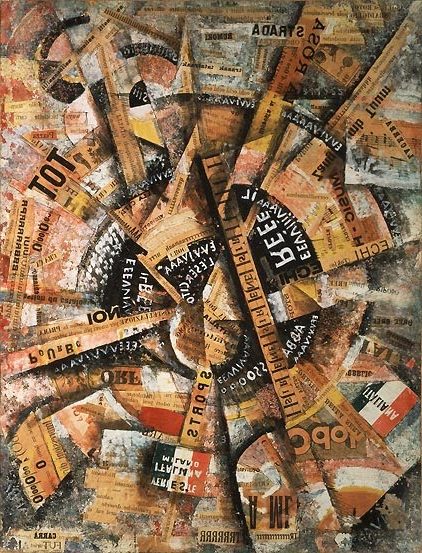
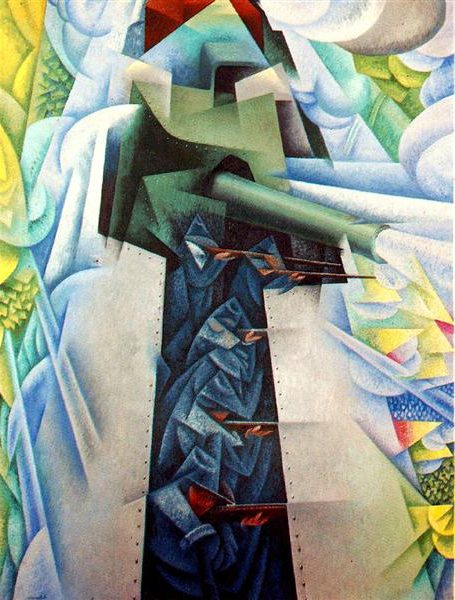
Carrà’s writings also spread his ideas. He authored key Futurist manifestos and books on art theory. These texts shaped debates about modern art’s purpose and techniques.
Exhibitions and Retrospectives
Major museums have honored Carrà with exhibitions showcasing his artistic journey. The 1962 Venice Biennale featured a large display of his work. In 2018, London’s Estorick Collection held “Carlo Carrà,” examining his Metaphysical period.
Carrà’s paintings appear in top museums globally. The Museum of Modern Art in New York and Pinacoteca di Brera in Milan house notable pieces. These venues introduce new audiences to Carrà’s art.
Carrà in Scholarly Research and Publications
Art historians study Carrà’s role in 20th century art movements. His shifts between styles offer insights into modernism’s evolution. Scholars analyze how Carrà’s art reflected Italy’s changing politics and culture.

Il cavaliere dello spirito occidentale (1917)
Books and articles explore Carrà’s techniques and themes. Critics examine his use of color, form, and symbolism. Research also delves into Carrà’s relationships with other artists like Giorgio Morandi.
Carrà’s Wikipedia page provides a free overview of his life and work. It serves as a starting point for those discovering this influential Italian painter.
Frequently Asked Questions
Carlo Carrà was a key figure in early 20th century Italian art. He made big impacts on Futurism and Metaphysical painting styles.
What is Carlo Carrà known for in the art world?
Carlo Carrà was a leading Italian painter in the Futurist movement. He helped create new ways to show motion and energy in art. Carrà later became important in Metaphysical painting too.
What are some notable contributions of Carlo Carrà to the Futurism movement?
Carrà wrote key Futurist manifestos that laid out the movement’s ideas. His paintings like “Funeral of the Anarchist Galli” showed Futurist ideas of motion and chaos. He used bright colors and broken forms to create a sense of speed.
How did Carlo Carrà’s work influence the Metaphysical painting style?
Carrà worked with Giorgio de Chirico to start Metaphysical painting. This style used odd mixes of objects to create dream-like scenes. Carrà’s later works had simple shapes and quiet moods that were very different from his Futurist art.
Can you describe the significance of ‘Funeral of the Anarchist Galli’ in Carrà’s career?
“Funeral of the Anarchist Galli” is one of Carrà’s most famous works. It shows a chaotic funeral scene with bold colors and sharp angles. This painting helped prove Carrà as a top Futurist artist. It captures the movement’s love of action and city life.
What are the distinctive features of Carlo Carrà’s painting signature?
Carrà’s style changed over time. His Futurist works had bright colors and sharp lines to show speed. Later, his Metaphysical paintings used simple shapes and calm spaces. He often painted everyday objects in strange ways.
How did the artistic relationship between Carlo Carrà and Luigi Russolo influence their work?
Carrà and Russolo were both key Futurist artists. They shared ideas about showing sound and motion in paintings. This team effort helped shape Futurism’s unique style. Their work together pushed the limits of what art could show.

